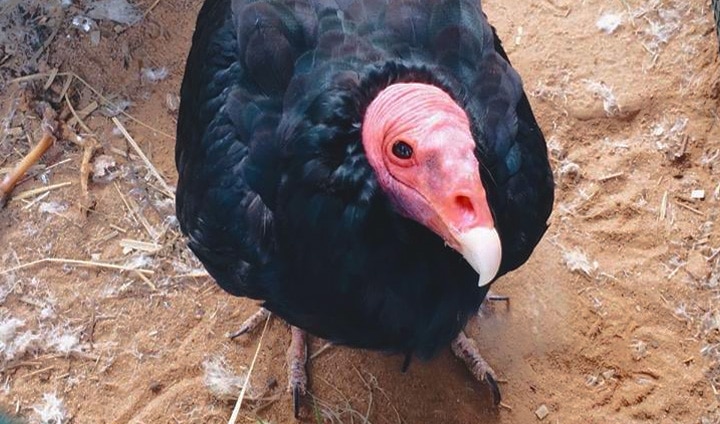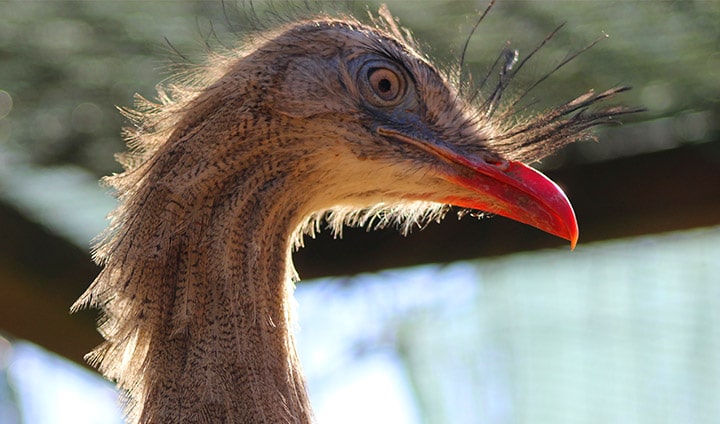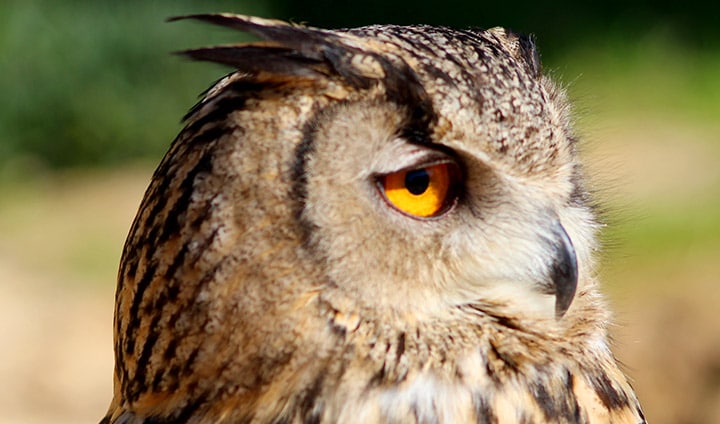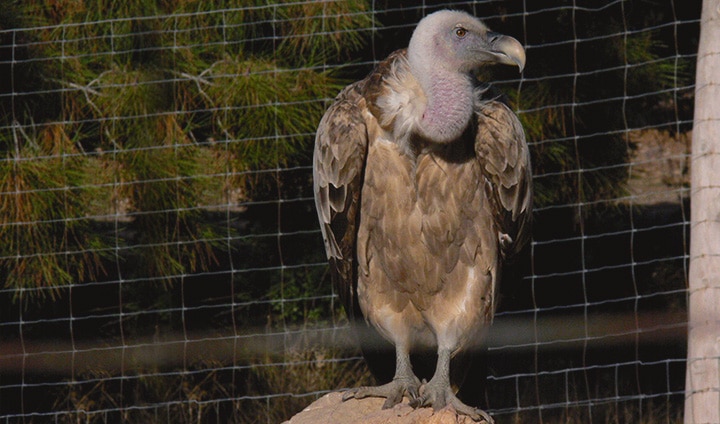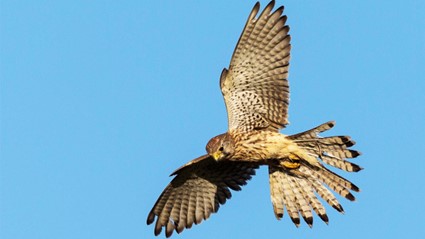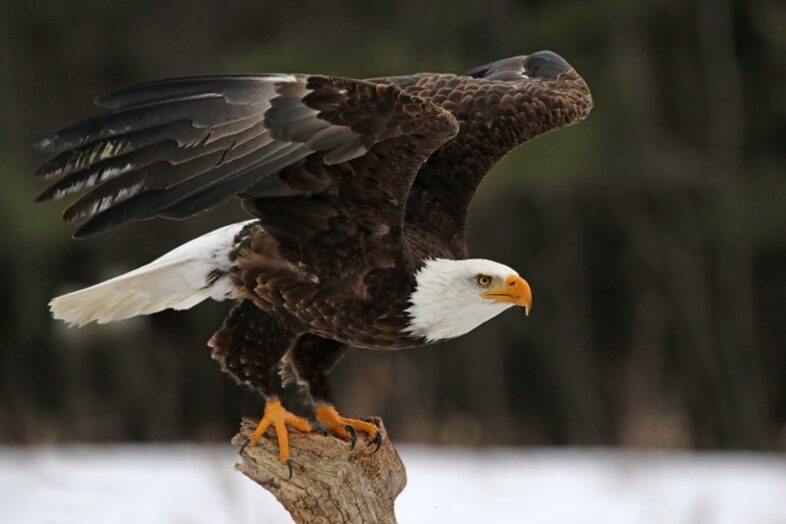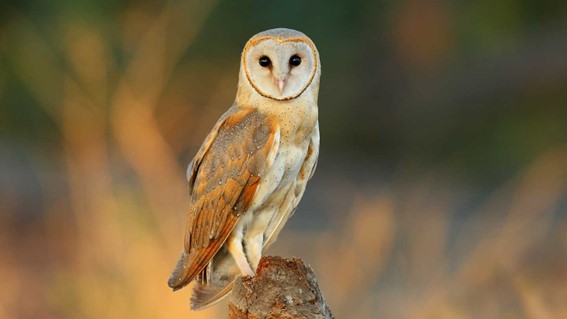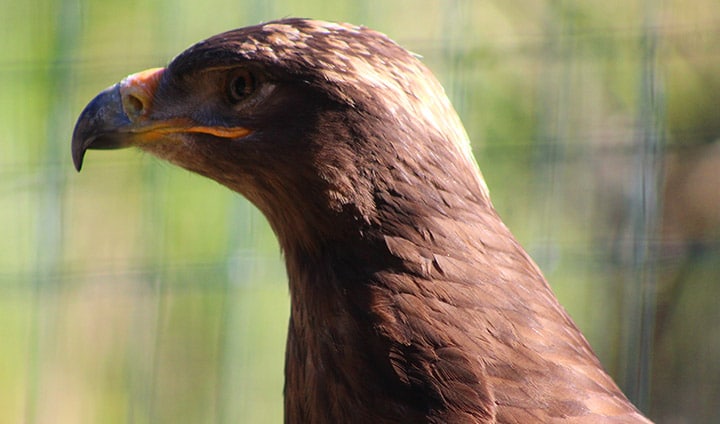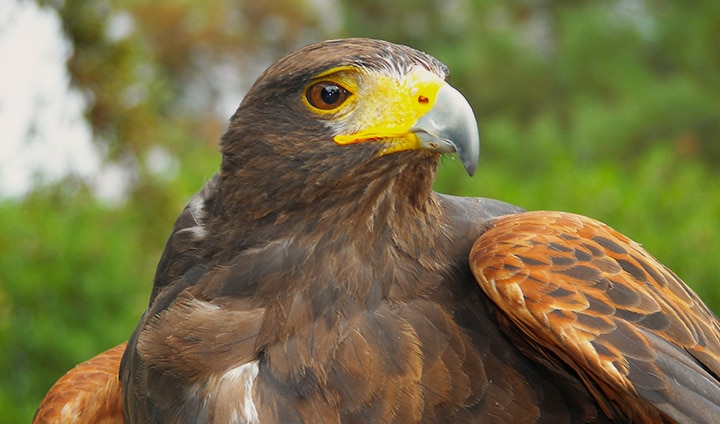Habitat and geographic distribution: Arid areas, pastures, subtropical forests, periphery of urban areas.
Found almost throughout the Americas, from Canada to South America.
Diet: Scavenger, feeds on carcasses of capybaras, tapirs, deer and birds. Has a preference for smaller animals that have died recently. Can also feed on carcasses of cattle and, occasionally, captures and kills small vertebrates.
Reproduction: Nests in rock crevices, cavities in trees or on the ground and return to the nest to incubate their eggs. Lay 1-3 eggs and incubation lasts 30-41 days. Chicks begin to fly after around 70 days.
Behaviour: Fly at high altitudes and very rarely flap their wings, usually just to start the flight. Also, fly to great heights, keeping the characteristic profile of flight. At night, they land in habitual places, where large groups of vultures and other species gather.
Interesting Facts: Belongs to the group of the New World vultures. Known for having one of the best senses of smell in the bird world, able to sense carrion in the wild from large distances.
Conservation status: Least Concern (LC), not listed in CITES.
Threats: Poisoning and contamination through the food.
Class: Aves
Order: Cathartiformes
Family: Cathartidae
Length: 62-81 cm
Wingspan: 1.70-1.82 m
Weight: 850-2000 g
Average lifespan in the wild: 10 years
Maximum lifespan in the wild: 17 years


